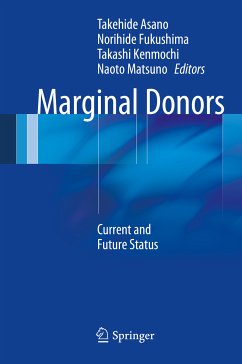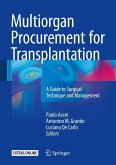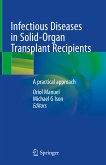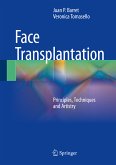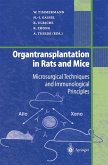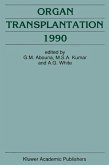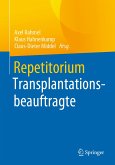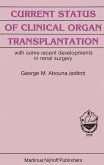In response to persistent donor organ shortages, organs from marginal donors, such as expanded criteria donors (ECD) and donation after cardiac death (DCD) donors, are now accepted and have been successfully transplanted, reducing the waiting times for transplantation. Especially in Japan, transplantation of DCD kidneys has a relatively long history because of the difficulty or lack of national consensus in accepting brain death, which has made it possible to accumulate considerable clinical experience. Thus, the current organ shortage has stimulated interest in the use of marginal donors for transplantation.
This book, prepared by distinguished authorities in their fields, is intended for clinicians and researchers. It highlights the use of marginal donors as a comparatively novel source of transplantation organs and provides a thorough overview of marginal donors from their historical origins to recent clinical applications, including the state-of-the-art science of organ/donor management, procurement, and preservation. Also provided is valuable information on ABO-incompatible donors which extend the availability of donor sources. Each chapter offers an individual analysis of the optimal requirements for the safe management and preservation of organs, including the heart, lung, liver, kidney, pancreas, and pancreatic islets.
This book, prepared by distinguished authorities in their fields, is intended for clinicians and researchers. It highlights the use of marginal donors as a comparatively novel source of transplantation organs and provides a thorough overview of marginal donors from their historical origins to recent clinical applications, including the state-of-the-art science of organ/donor management, procurement, and preservation. Also provided is valuable information on ABO-incompatible donors which extend the availability of donor sources. Each chapter offers an individual analysis of the optimal requirements for the safe management and preservation of organs, including the heart, lung, liver, kidney, pancreas, and pancreatic islets.
Dieser Download kann aus rechtlichen Gründen nur mit Rechnungsadresse in A, B, BG, CY, CZ, D, DK, EW, E, FIN, F, GR, HR, H, IRL, I, LT, L, LR, M, NL, PL, P, R, S, SLO, SK ausgeliefert werden.
From the reviews:
"The book clearly and thoroughly outlines the international history and experience by organ and criteria. It also includes the key components of implementation, including pertinent ethical considerations and key technical considerations. ... this book is appropriate for medical and surgical transplant practitioners and organ procurement administrative specialists. ... The book nicely catalogues and summarizes experience that is largely represented in the current literature and debate. ... This is a complete and well-written book about a timely subject." (Jeffrey Lowell, Doody's Book Reviews, June, 2014)
"The book clearly and thoroughly outlines the international history and experience by organ and criteria. It also includes the key components of implementation, including pertinent ethical considerations and key technical considerations. ... this book is appropriate for medical and surgical transplant practitioners and organ procurement administrative specialists. ... The book nicely catalogues and summarizes experience that is largely represented in the current literature and debate. ... This is a complete and well-written book about a timely subject." (Jeffrey Lowell, Doody's Book Reviews, June, 2014)

